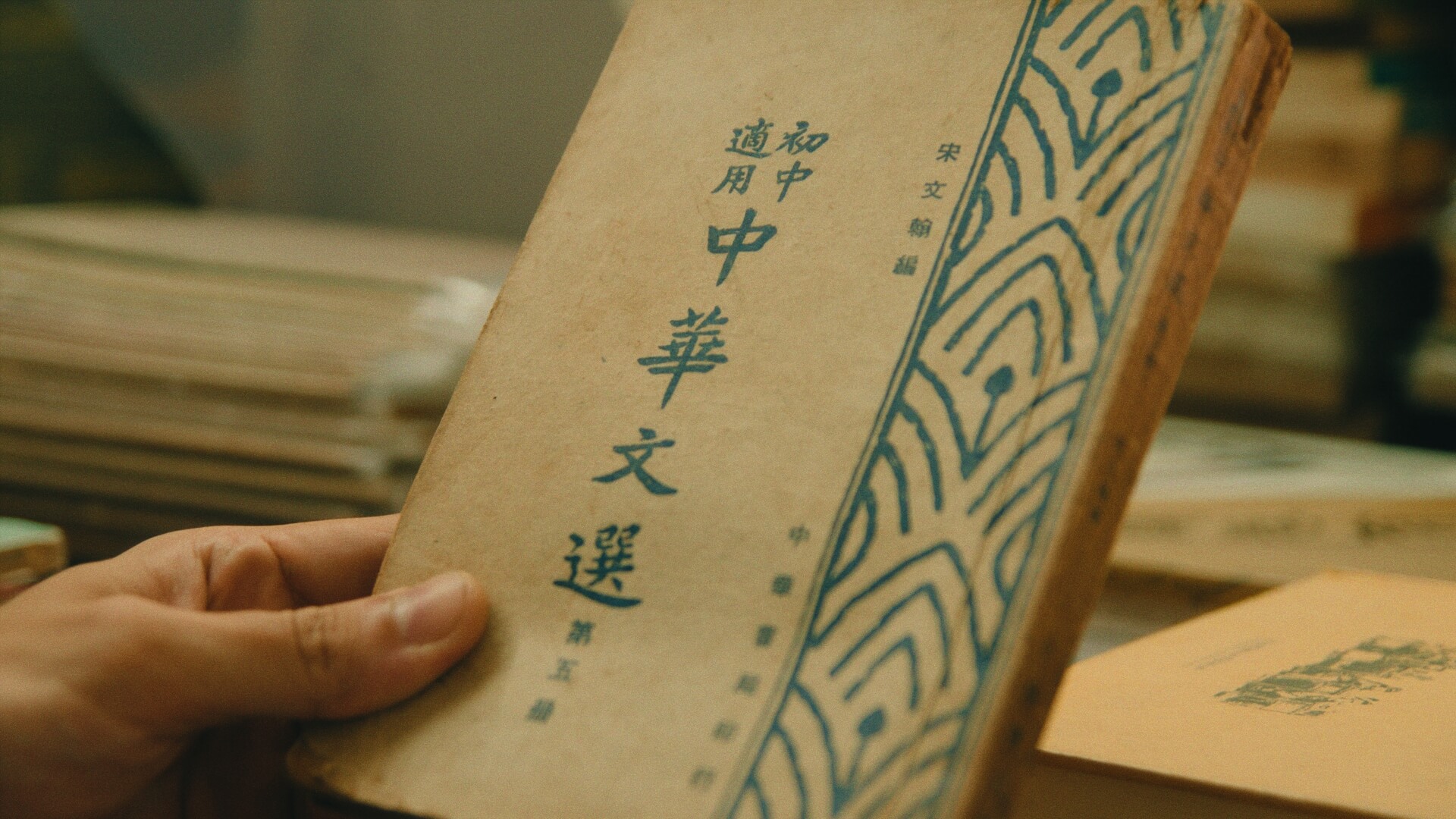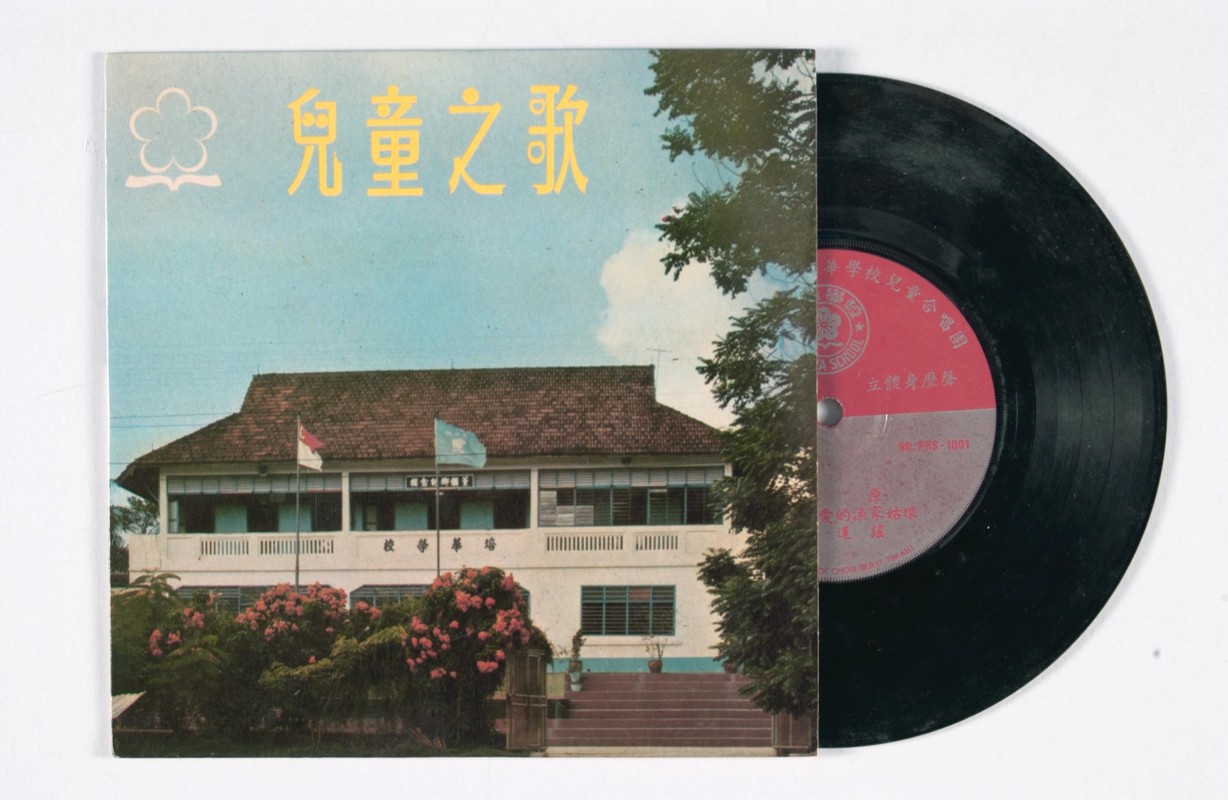新加坡华语
新加坡的社会和人口,是由多个民族构成的。民族多元,带来本地的文化多元,也带来语言生态的复杂和多样。例如,马来人的社群通用马来语;华人社群通用华语;印度人社群通用淡米尔语,而官方的行政语言又是英语。
不仅如此,由于各族群内部也通行若干种语言或者方言,使本地语言的发展越发繁杂起来。比如,马来社群,除了马来语,还有部分人说爪哇语、波亚语;华人社群,除了通行福建话,还通行潮州话、广东话、海南话、客家话等;印度社群还有旁遮普语、兴都斯坦语、孟加拉语等。1
作为四种官方语言之一
英国殖民时期,新加坡的行政语言是英语,凡是与政府施政有关的立法、行政、公告、文书等,皆以英语为本。不过,对于各民族通行的语言,殖民地政府是抱持着开放与宽容的态度,任由自行发展,一般不过多干涉。因此,传统上,本地一直有多种语文源流的学校,例如马来文学校、华文学校、淡米尔文学校等,存续了很长一段时间。
1950年代,由于政治策略上的考虑,为谋求跟马来亚邦合并,在语言政策方面,政府采取了相应的决定,即以“马来语至上”的多语政策。新加坡建国总理李光耀(1923-2015)说:“为了要铺平合并的道路,我劝新加坡人民接受马来语为国语,以实际行动对马来亚效忠,尽力消除联合邦马来人的恐惧与猜疑。”2他进一步强调,“各种族在学习自己母语的同时,必须学习国语马来语”。3
1965年8月9日新加坡独立建国。新加坡宪法中有关官方语言和国语的条款明确阐述,马来语、华语、淡米尔语和英语,是新加坡的四种官方语言,而马来语同时也是国语。这从法理的角度,确保了各大族群的母语所具有的官方正统的地位。把华语提高到宪法的地位,作为官方语言之一,新加坡是除了中国、台湾、香港、澳门这些通行华文、华语的国家与地区外的第一个国家。
当然,新加坡的语言和方言,实际上,一直处于一个动态的变化之中。建国之前和初期,语系多样,语言繁杂,同一语言内部又有多种方言和口音。以华社的母语来说,自从独立建国之后,特别是1980年代开展推广华语运动以来,国家的语言政策、规划发挥了作用,华族方言开始逐渐式微,华语逐渐通行,并成为华社主要的沟通工具。
人们对“华语”一词的概念、内涵,尚有一定的争论。然而,用它来指称“海外华人使用的共同语言”,以别于中国的普通话,是很多人都可以接受的,尤其是在新加坡、马来西亚、印尼等南洋地区,大家都习惯了使用这种华语,即:语言体系上接近普通话,但又不至于是京腔京韵的普通话的语言表达形式。
新加坡通行的华语,不仅是华社成员所通行的主要交集工具,同时也是电台、电视台、报刊等媒体的标准用语,更是学校母语教育的标准形式。
新加坡华语的形成
新加坡华语的形成,也是经历了一个上百年的发展历程。1957年的人口普查数据显示,华人中,自称以华语作为母语的人口仅仅占0.1%。4自称可以讲华语的人口,只占26.7%。不过,自从政府1979年9月开展多讲华语、少说方言的“讲华语运动”之后,华语得到广泛的普及。例如,2000年华族家庭日常用语为华语的比例高达45.1%,2010年达47.7%。随着英语日益成为惯用语言,自2020年起,华语的使用出现下降的苗头,但也还是达到了40.2%。5
本地华语的标准和规范,基本保持着跟中国普通话的标准和规范相一致。例如,语音的声母系统、韵母系统、声调系统,跟普通话没有太大差异;词汇系统方面,基本词汇体系也跟普通话相同,至于一般词汇方面,会有一定的差异,例如由于政治制度的不同,两地的政治词语,各自派生出适合各自政治制度的词语。


本地华语在发展的基础上,也吸收了其他方言的表达方式。新加坡的华族群体,主要是清代和民国时期,从中国南部沿海省份的福建、广东、海南等迁移来的移民及其后代构成的。很自然地,移民带来了各自的方言。在这种情况下,华语不可避免地在语音、词汇、语法、习惯用语等方面,受到各地方言的影响。
不仅如此,还有来自别的语言的影响。一是马来语,二是英语。马来语的部分词语吸收进了华语,例如:巴刹(马来语pasar)、甘榜(马来语kampung);加上新加坡被英国殖民统治100多年,英语一直是行政语言,因此,华语里也吸收了一些英语的词语、概念,如安娣(阿姨、婶子/伯母)、钱骡(money mule)等。
新加坡华语的主要特点
因此说,新加坡的华语并不等于中国的普通话,严格说来,是属于汉语标准语在新马一带的地方变体。
说某种语言具备哪些特点,一方面是自身具有的,另一方面也是在与其他语言比较中看出来的。基于多数学者的总结,此处罗列一些本地华语的主要特征。
在说话的方式和习惯上,语音方面,较少使用轻声词、儿化词,凡是普通话的轻声词,多数说成了非轻声词,例如大方、聪明、爸爸、妈妈、脑袋等;凡是普通话的儿化词,都说成了非儿化的词,即无卷舌动作,例如:玩儿、菜花儿、半边儿、笔尖儿等。再如声母方面,普通话的卷舌音zh、ch、sh、r的卷舌程度不很重;韵母方面,部分韵母合并,例如en与eng,in与ing等。
词汇方面,保留了一些中国南方方言的词语,例如:头家(老板)、角头(角落)、怕输(担心落于人后)、一路来(向来、一直)、乌龙(糊涂)、家俬(家具)、鸡同鸭讲(比喻沟通无效)等;同时吸收了一些英语的词语,例如:固本(coupon,停车票/停车券)、罗厘(Lorry,货车)。
语法方面,很多表达方式来自福建话、广东话。举例如下:个别特有的量词,粒可以用于小而圆的物品(例如一粒米),也用于大而圆的物品(例如一粒西瓜);部分重叠形式的表达,如:死翘翘(形容死得彻底)、口花花(比如花言巧语)等。
除了上述有语音、词汇、语法的借用外,还有其他俗语词、专有表达形式也是来自其他方言。例如:没鱼虾也好(比如聊胜于无);口水多过茶(比喻空谈、夸夸其谈)。
总的说来,新加坡的华语是一个独特的语言变体,既保持跟普通话主体的一致性,也融合了不同方言的特点,是一个充满活力和创新的语言,反映了新加坡多元文化的特色。
| 1 | 郭振羽、罗福腾,《多元和统一:新加坡的语言与社会》(新加坡:八方文化创作室,2022),页25。 |
| 2 | 李光耀,《新加坡双语之路:我一生的挑战》(新加坡:联合早报,2012),页39。 |
| 3 | 李光耀,《新加坡双语之路:我一生的挑战》,页40。 |
| 4 | 郭振羽、罗福腾,《多元和统一:新加坡的语言与社会》,页23。 |
| 5 | 郭振羽、罗福腾,《多元和统一:新加坡的语言与社会》,页184。 |
郭振羽、罗福腾,《多元和统一:新加坡的语言与社会》。新加坡:八方文化创作室,2022。 | |
李光耀,《新加坡双语之路:我一生的挑战》。新加坡:联合早报,2012。 | |
麦留芳,《方言群认同:早期星马华人的分类法则》。台北:中央研究院民族学研究所,1985。 | |
汤志祥,〈从新加坡华语看多元语境下词语的接触、吸收和孳乳〉。《马来西亚华人研究学刊》,第15期(2012),页35-49。 | |
许云樵,《南洋华语俚俗辞典》,南洋袖珍丛书之三。新加坡:世界书局有限公司,1961。 | |
周清海,〈新加坡的语言教育与语言规划〉。《中国语文》,第2期(1996),页125-130。 | |
周清海,〈新加坡华语变异概说〉。《中国语文》,第6期(2002),页508-514。 |










